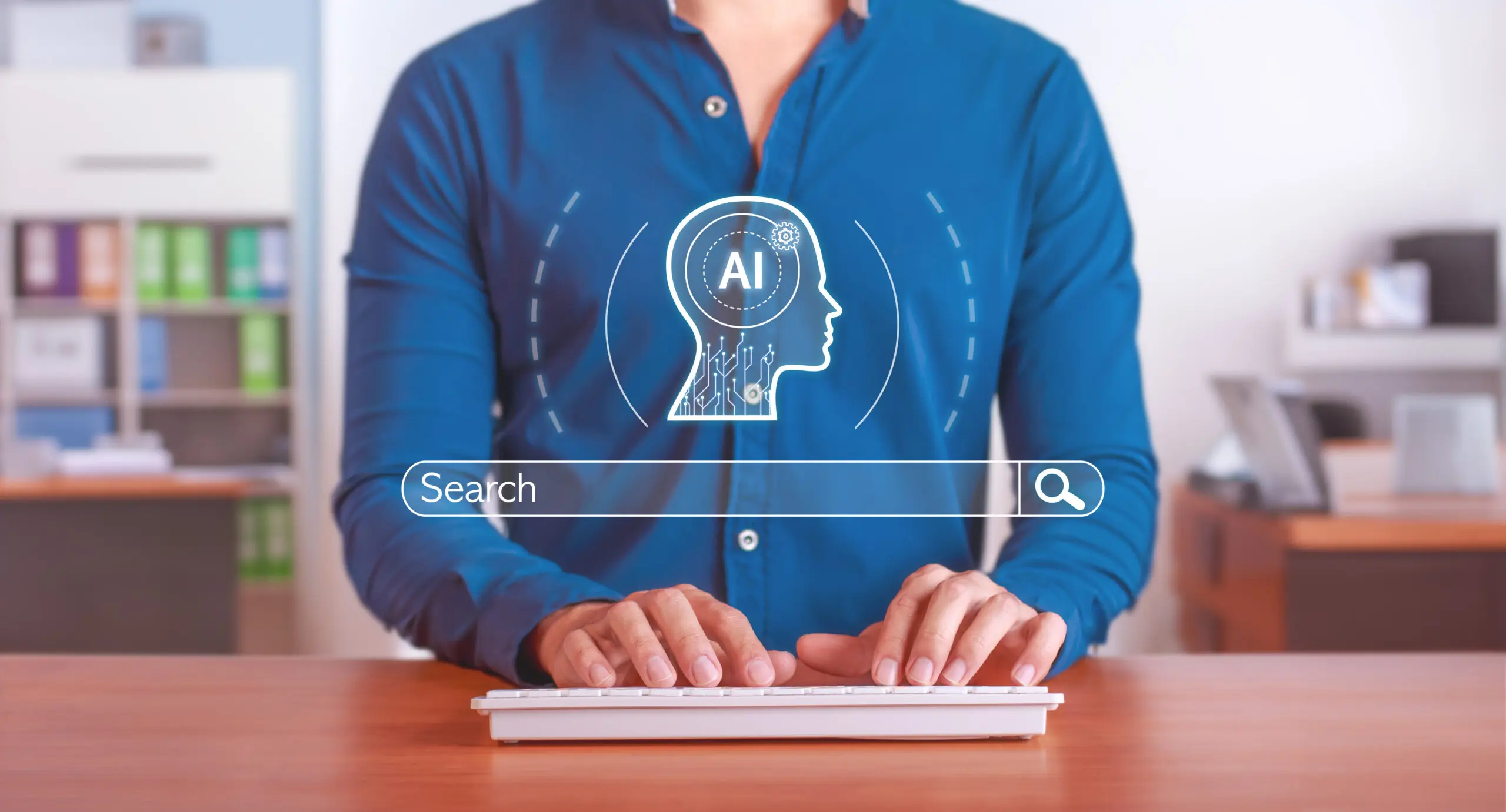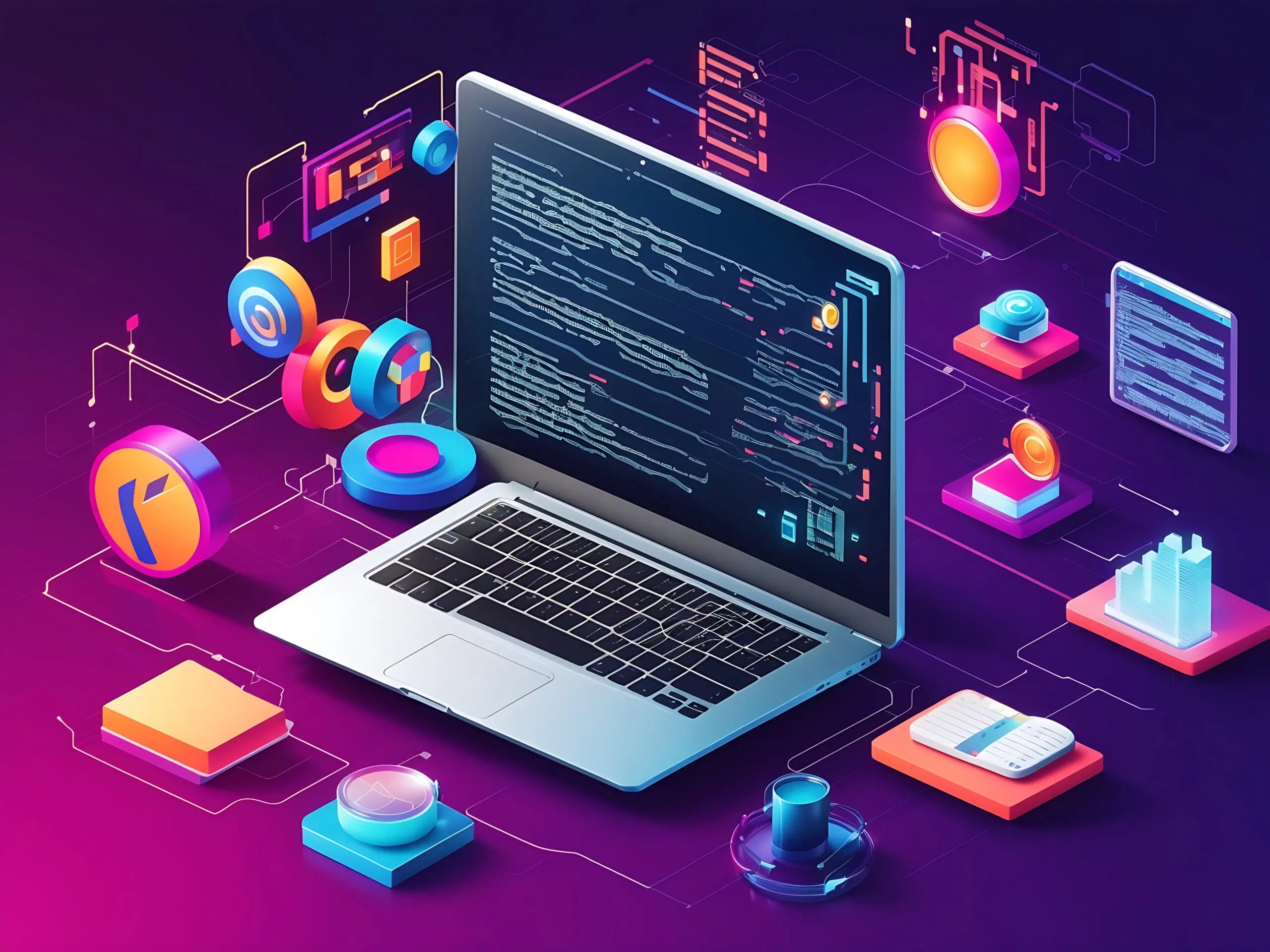Discover the reality behind the top 10 myths surrounding GenAI adoption and learn how businesses of all sizes can leverage this powerful technology effectively.
GenAI has revolutionized industries by driving efficiency, enhancing productivity, and delivering better business outcomes. From automating routine tasks to providing predictive insights, its applications have consistently demonstrated measurable success.
For instance, in finance, robo-advisors have exceeded the performance of human bankers, while in healthcare, AI models have outperformed radiologists in detecting abnormalities in radiographs with remarkable accuracy. Yet, there is a reluctance to trust AI with high-stakes decisions, coupled with a growing blur between hype and reality. The hesitation is often rooted in myths and mental blocks that prevent businesses from fully embracing the power of GenAI. Those that have a clear understanding of its potential, however, are already reaping significant competitive advantages.
Let’s explore the top 10 myths surrounding GenAI adoption.
Myth #1: GenAI is too new to be useful to enterprises
Contrary to this belief, GenAI is already delivering tangible results across various industries. In finance, AI-driven investment platforms are revolutionizing the way clients manage their portfolios with greater efficiency and lower costs. In healthcare, pathologists using GenAI are diagnosing diseases with greater accuracy and speed, particularly in cancer detection. In e-commerce, GenAI is providing personalized product recommendations, optimizing the shopping experience for users and improving agent productivity.
This highlights the extent of adoption of GenAI across various industries. It is driving significant, measurable business outcomes that are transforming operations and enhancing performance. With the ready availability of GenAI-based solutions, businesses are finding it increasingly easy to adopt the technology for improving decision-making, streamlining operations, reducing costs, and gaining a competitive edge.
Businesses that choose to wait and watch risk falling behind, missing out on these advantages, and facing difficulties catching up in an increasingly AI-driven marketplace.
Myth #2: GenAI is only for large corporations or tech companies
The truth is, GenAI is not only for large enterprises. With the availability of cloud-based solutions and SaaS applications, businesses of all sizes can leverage GenAI solutions. Startups and SMEs are using GenAI to streamline operations, achieve customization and scale, and improve customer experiences – without requiring large teams or deep technical expertise.
Additionally, businesses are accelerating GenAI adoption and value generation by partnering with a technology provider that helps businesses integrate AI seamlessly and gain confidence using the new tools. A trusted partner ensures smooth implementation, customization, and faster realization of business outcomes, allowing businesses of any size to innovate and compete effectively.
Myth #3: AI is prohibitively expensive
Developing and training one’s own LLM does come with significant financial investments. However, businesses have a choice of using cloud services and AI-as-a-service models. With these, the financial barriers to GenAI adoption have significantly diminished. Cloud platforms now provide AI solutions in a pay-as-you-go model, eliminating the need for substantial upfront investments in infrastructure or resources. This allows businesses of all sizes to access cutting-edge AI technologies at a fraction of the cost.
Additionally, companies can achieve long-term savings and enhance their ROI from GenAI by automating routine tasks, improving decision-making, and reducing operational inefficiencies. As AI continues to evolve and scale, its affordability and accessibility are increasing, making it more practical for small and medium-sized enterprises to integrate AI into their operations.
Myth #4: You need to develop your own Large Language Model
The belief that enterprises must build proprietary Large Language Models (LLMs) from scratch to benefit from AI is misleading. Cloud platforms and SaaS providers now offer powerful GenAI capabilities using pre-trained LLMs, which are readily available and highly secure. These platforms ensure robust data protection, allowing businesses to safely leverage third-party models without the need to develop or host them internally.
Moreover, enterprises can customize these pre-trained models with their own data, tailoring AI solutions to specific needs while maintaining privacy and control. This approach significantly reduces the cost and complexity of GenAI adoption, eliminating the need for expensive infrastructure and specialized teams to build and maintain proprietary models.
Myth #5: ‘Plug-and-play’ GenAI tools offer immediate value
Off-the-shelf GenAI tools have the potential to deliver quick wins, but they often require significant customization and integration to unlock their full potential. Generic models need to be fine-tuned with domain and business-specific data, policies, and processes to be relevant and valuable to a business. Without seamless integration into existing systems – such as existing ERP, CRM, and other business-critical applications, GenAI’s potential remains underutilized.
A technology partner helps integrate GenAI tools with existing applications and modernizes legacy systems that may otherwise be incompatible with newer AI technologies. They ensure smooth data flow, enabling GenAI to function within the unique context of the business. Moreover, to derive maximum benefit from these tools, users need comprehensive training. A technology partner can guide teams in understanding how to fully leverage GenAI, from navigating its features to utilizing AI-driven insights for better decision-making. By providing ongoing support and aligning GenAI capabilities with business objectives, a trusted partner ensures that GenAI tools deliver real, lasting, and measurable value – not just quick fixes. Ultimately, GenAI adoption is not just about plug-and-play but about a strategic, well-implemented approach that ensures long-term success.
Myth #6: AI, ML, and Generative AI are all the same
Although closely related, AI, ML, and GenAI serve distinct purposes, and understanding these differences is critical for businesses looking to adopt the right technology. AI is the overarching field that focuses on creating systems capable of simulating human intelligence across various tasks, including decision-making, problem-solving, and automation. ML, a subset of AI, specifically deals with training machines to recognize patterns and learn from data to make predictions or decisions without explicit programming.
Generative AI, on the other hand, takes AI further by focusing on content generation – such as text generation for marketing, image creation in design, and even code writing for software development. In finance, GenAI is revolutionizing customer engagement by generating personalized financial reports, automating customer interactions through AI-generated chatbots, and even crafting tailored investment recommendations based on individual client profiles. In healthcare, GenAI is transforming clinical documentation by automatically generating medical reports, transcribing patient interactions, and assisting in the creation of personalized treatment plans. In e-commerce, GenAI is enhancing the shopping experience by generating dynamic product descriptions, automating responses to customer queries, and personalizing recommendations based on real-time browsing behavior.
Myth #7: GenAI is the best solution for every problem
While GenAI excels in tasks like content creation, it’s not a silver bullet for every business challenge. Certain problems may require different AI models or complementary technologies. For example, while GPT-4 delivers outstanding results in generating content and enhancing creativity, other AI models may be more effective for analytical tasks or predictive modeling. It’s essential to thoroughly assess the specific problem before designing any business solution.
Moreover, integrating GenAI into existing systems and workflows is only one part of a larger solution. To fully address business challenges, companies may also need to consider change management, modernizing legacy applications, and migrating to the cloud. Solving business problems often requires a holistic approach that combines GenAI with other tools and strategies. A successful outcome may depend not just on the AI model but also on aligning technology with broader business objectives, infrastructure, and operational processes. This tailored approach ensures that GenAI plays its role effectively, while the overall solution addresses the unique needs of the business.
Myth #8: GenAI is not suitable for complex tasks
The key to leveraging GenAI for complex tasks lies in its integration with other technologies and systems. Businesses can achieve maximum value by embedding GenAI within enterprise workflows, modernizing legacy systems, and aligning it with business objectives. GenAI’s ability to work in tandem with cloud platforms and enterprise software applications means that its value isn’t limited to standalone use – it thrives as part of a broader, intelligent ecosystem.
When used alongside other AI solutions, GenAI enhances productivity by streamlining decision-making processes. In healthcare, for instance, GenAI models can work with existing diagnostic tools to analyze patient data, predict treatment outcomes, and support physicians in developing personalized care plans. In finance, GenAI can collaborate with machine learning algorithms to provide real-time risk assessments, automate trading decisions, or optimize investment portfolios.
Myth #9: GenAI creates risks of over-dependence
A common concern about GenAI is that it may lead to over-dependence, diminishing human creativity, critical thinking, and decision-making skills. The key is to view GenAI as a tool that augments human capabilities. By combining the efficiency and analytical power of GenAI with human expertise, organizations can achieve far greater results than relying on AI alone. In fact, GenAI frees up humans from repetitive, time-consuming tasks, allowing them to focus on higher-level activities like innovation, strategic planning, and creative problem-solving.
For instance, in healthcare, GenAI can analyze patient data to suggest treatment options, but it’s the physician’s role to consider the patient’s unique circumstances and make the final decision. Similarly, in finance, GenAI may optimize trading strategies, but human traders are still required to interpret market dynamics and adjust strategies in real-time. The balance between automation and human oversight is key to unlocking the full potential of GenAI while avoiding the pitfalls of over-dependence.
Myth #10: GenAI will replace human jobs
The fear that AI will eliminate jobs is largely unfounded. While it’s true that GenAI can automate certain tasks like data entry, customer support, and routine administrative functions, many roles that require creativity, empathy, critical thinking, and complex decision-making remain well beyond AI’s capabilities. Instead of rendering human workers obsolete, GenAI often acts as a productivity booster, allowing employees to focus on higher-value, strategic tasks that demand human insight and innovation.
For instance, in marketing, GenAI can automate content creation, but human expertise is still crucial for strategic planning, storytelling, and nuanced customer engagement. GenAI will likely reshape the workforce, leading to the creation of new roles that are centered around managing, implementing, and improving AI-driven solutions. There will be increased demand for skills in AI management, data science, and machine learning, as well as a need for roles that oversee AI ethics and governance. Rather than eliminating jobs, GenAI is poised to unlock new opportunities for workers to adapt, grow, and thrive in an increasingly AI-driven economy.
Conclusion
These top 10 myths surrounding GenAI adoption can prevent businesses from realizing their full potential. By understanding the reality behind these misconceptions, organizations can harness the power of GenAI effectively – enhancing efficiency, boosting innovation, and streamlining operations.
To achieve these benefits, the role of a technology partner is essential. Milestone Technologies ensures seamless integration of GenAI tools with existing systems, provides comprehensive training to users, and creates familiarity and comfort with the technology. This not only improves adoption rates but also ensures compliance with industry standards and maximizes ROI from AI, cloud, and automation. Milestone’s GenAI solutions can empower businesses to thrive in the competitive landscape.
Eager to learn more? Read our latest White Paper, “The Industry Blueprint for Capturing GenAI Value in 2025“.
Contact Milestone Technologies now to learn how you can overcome the top 10 myths surrounding GenAI adoption and leverage this powerful technology to supercharge your organization.




